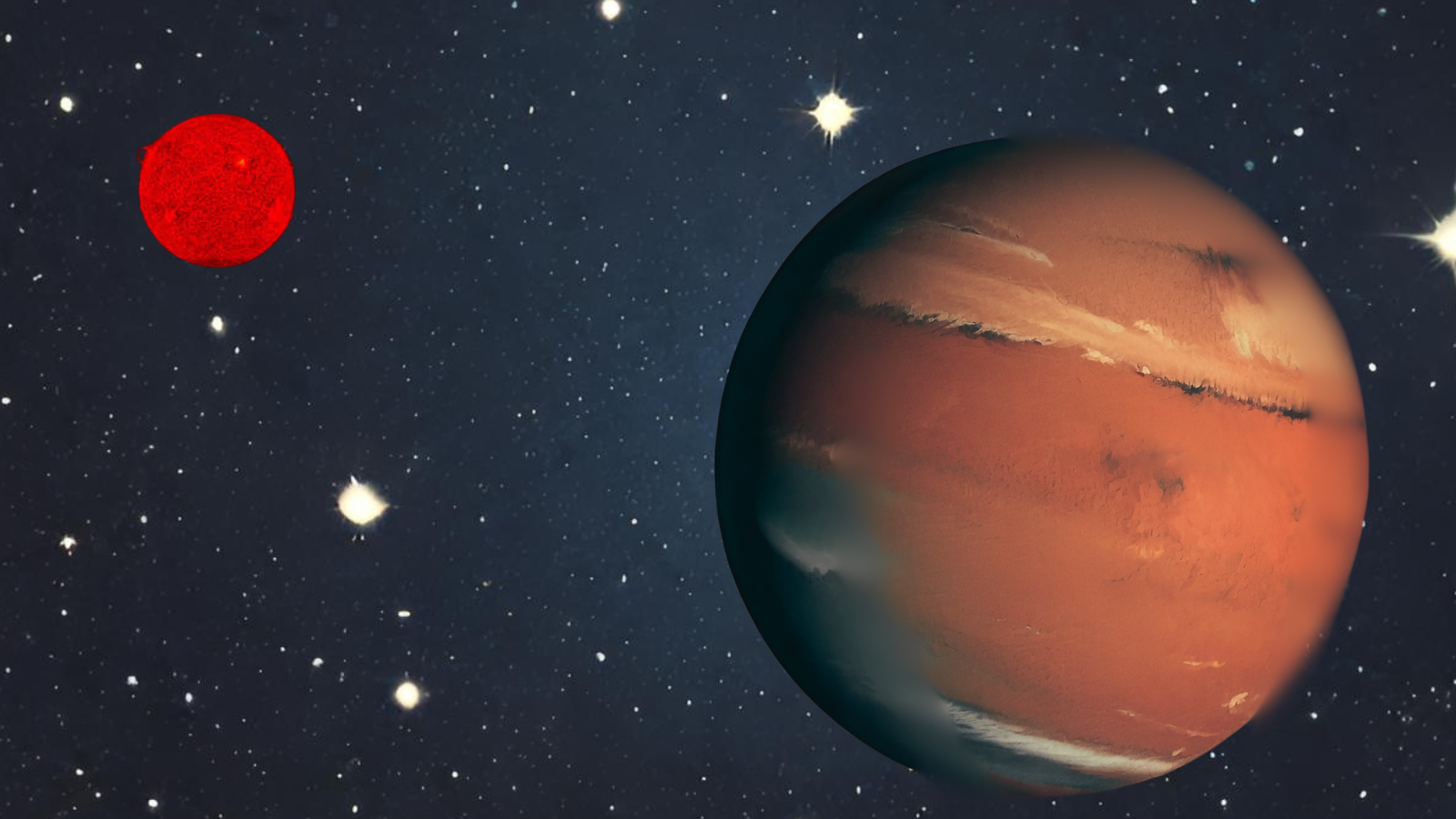NASA exoplanet telescope discovers 'super-Earth' in its star's Goldilocks zone

NASA's Transiting Exoplanet Survey Satellite (TESS) has spotted a 'super-Earth' planet orbiting in the habitable zone of a relatively nearby red dwarf star. The extrasolar planet or 'exoplanet,' which has been designated TOI-715 b, might have company in the form of an Earth-sized planet.
The discovery is significant because red dwarfs, which are smaller and cooler than the sun, are often suggested to be the stars most likely to host small rocky habitable planets.
According to a NASA statement, TOI-715 b has a width around 1.5 times that of Earth and is in the region around its star where liquid water would be able to survive without boiling or freezing, called the habitable zone because of the importance of liquid water to life. Scientists also refer to this as the 'Goldilocks zone,' because it is neither 'too hot' nor 'too cold' to support liquid water.
Using TESS, an international team of scientists led by University of Birmingham scientist Georgina Dransfield spotted the super-Earth as it crossed the face of its parent red dwarf star TOI-715, located around 137 light-years from Earth, during its 19 Earth-day orbit.
Related: 2 'super-Earth' exoplanets spotted in habitable zone of nearby star
TESS has been using the tiny dips in light planets cause as they move across the face of their parent stars to find exoplanets since it launched in 2018. The so-called transit method employed by TESS is more effective when planets are close to their stars and have shorter orbits, meaning they transit the face of that star more often during an observing period.
The relative proximity of TOI-715 b to Earth and the fact that it exists in a habitable zone close to its cool star makes this newly discovered super-Earth a prime target for further investigation with the James Webb Space Telescope (JWST).
Breaking space news, the latest updates on rocket launches, skywatching events and more!
A planet existing in the habitable zone around its star doesn't immediately mean it is habitable. For instance, a distance observer who could view the sun and its planets would see Venus, Earth, and Mars are in the habitable zone, but from our vantage point inside the solar system, we know only one is currently habitable.
Using the JWST, astronomers could reveal characteristics about TOI-715 b that are important to habitability, such as how massive the planet is and if it still possesses an atmosphere. Researchers could then work out if the planet is a 'water world,' offering further clues to its potential habitability.
Besides this fascinating super-Earth, scientists will now attempt to confirm the existence of its smaller Earth-sized sibling, which would likely be named TOI-715 c.
If this planet is confirmed, it will be the smallest world ever detected by TESS.
The team's research is published in the journal Monthly Notices of the Royal Astronomical Society.

Robert Lea is a science journalist in the U.K. whose articles have been published in Physics World, New Scientist, Astronomy Magazine, All About Space, Newsweek and ZME Science. He also writes about science communication for Elsevier and the European Journal of Physics. Rob holds a bachelor of science degree in physics and astronomy from the U.K.’s Open University. Follow him on Twitter @sciencef1rst.
